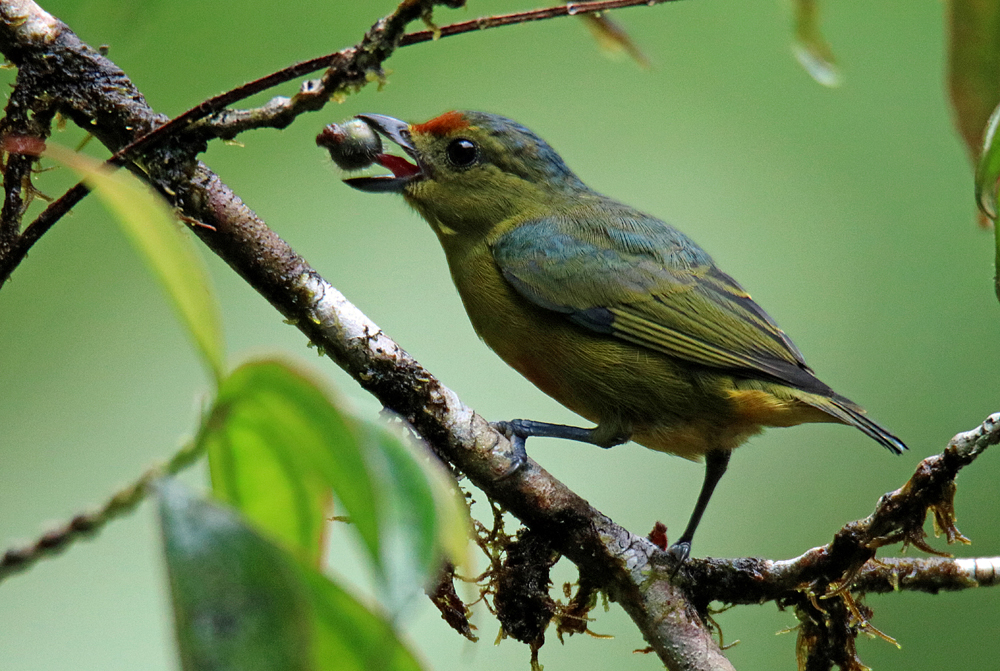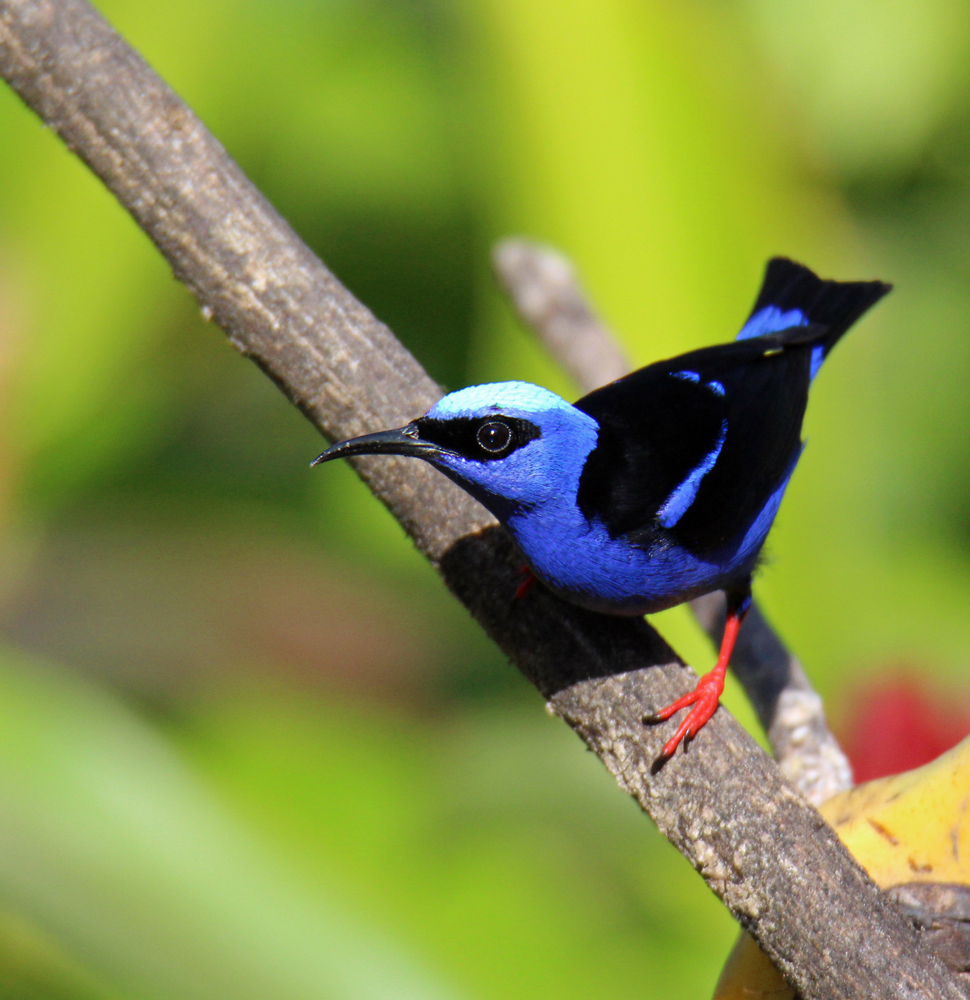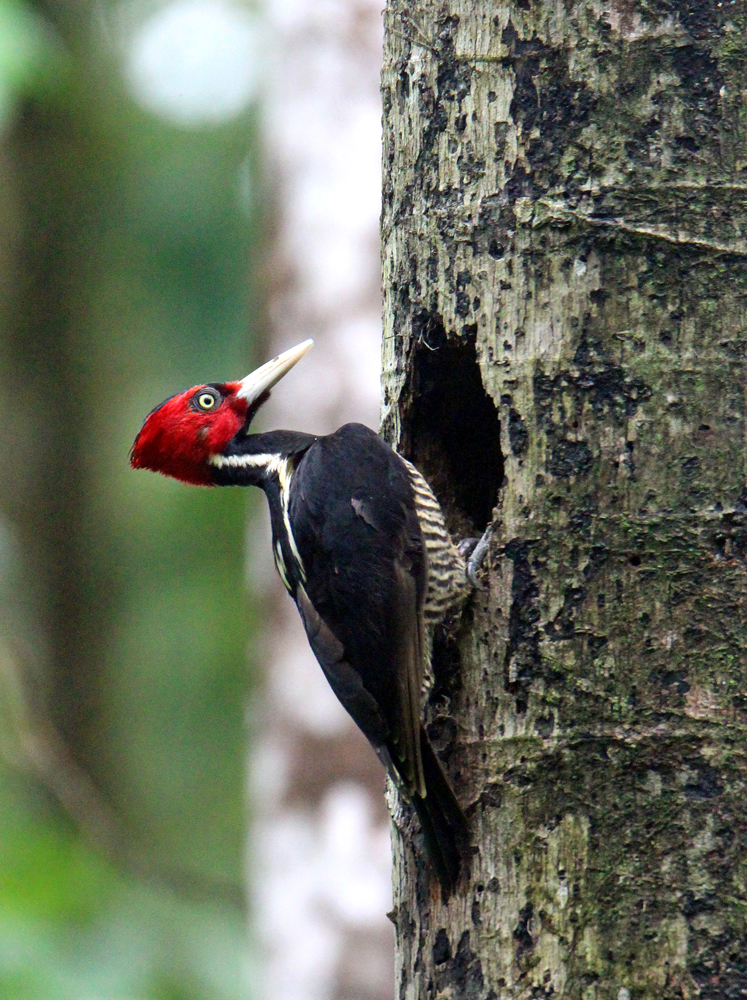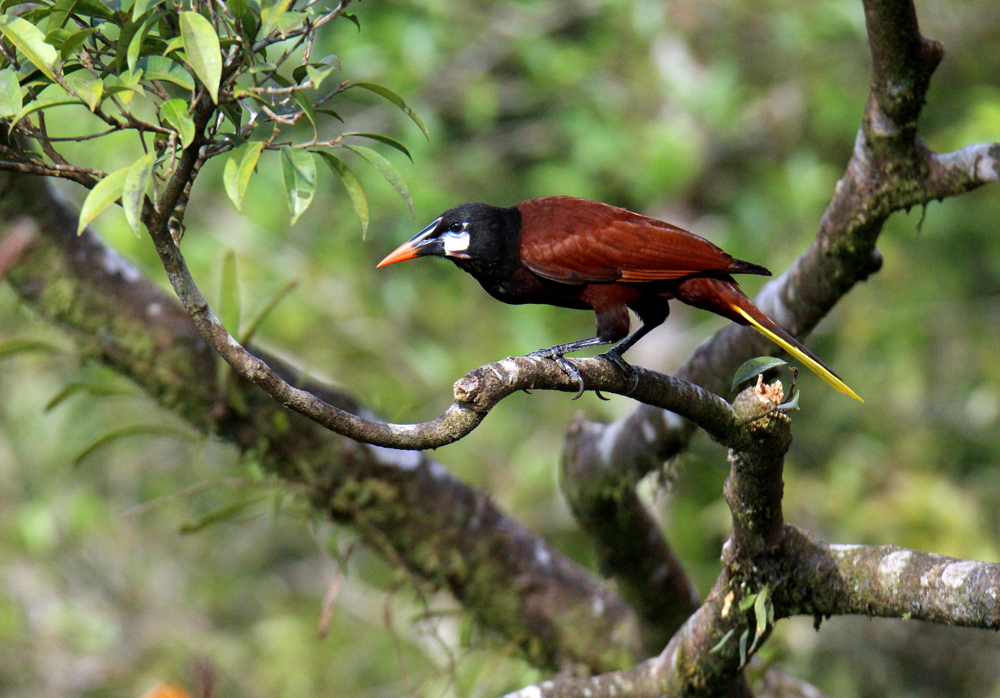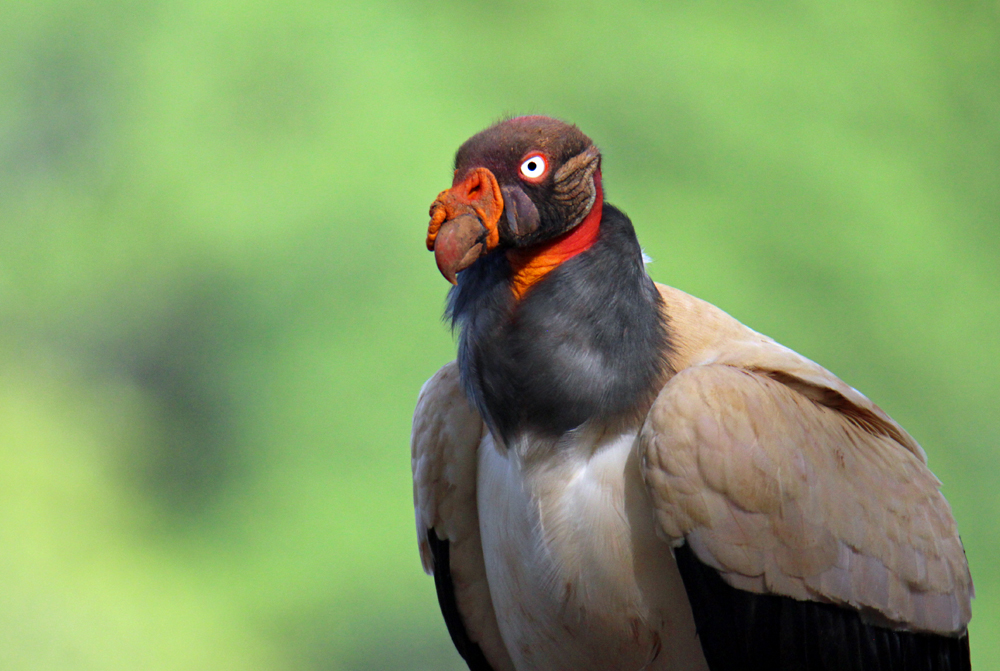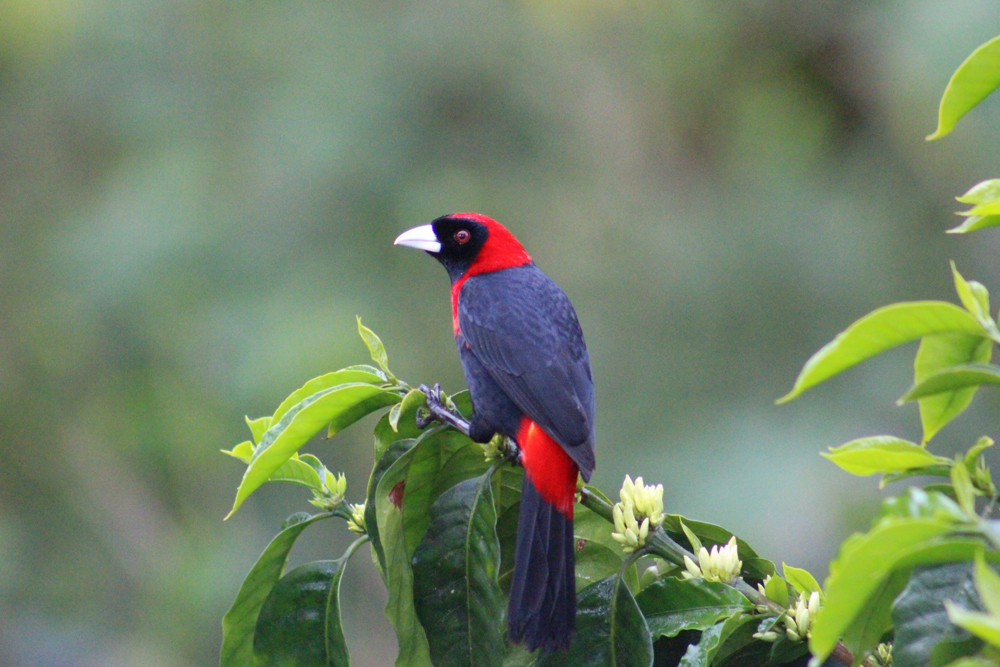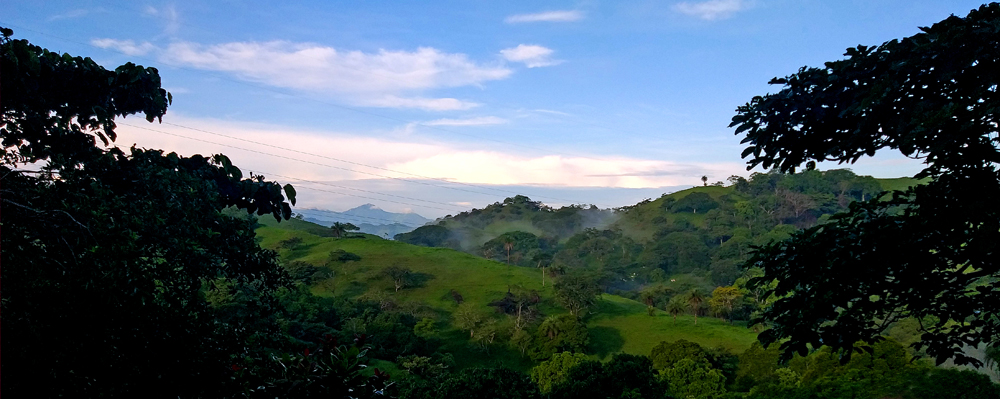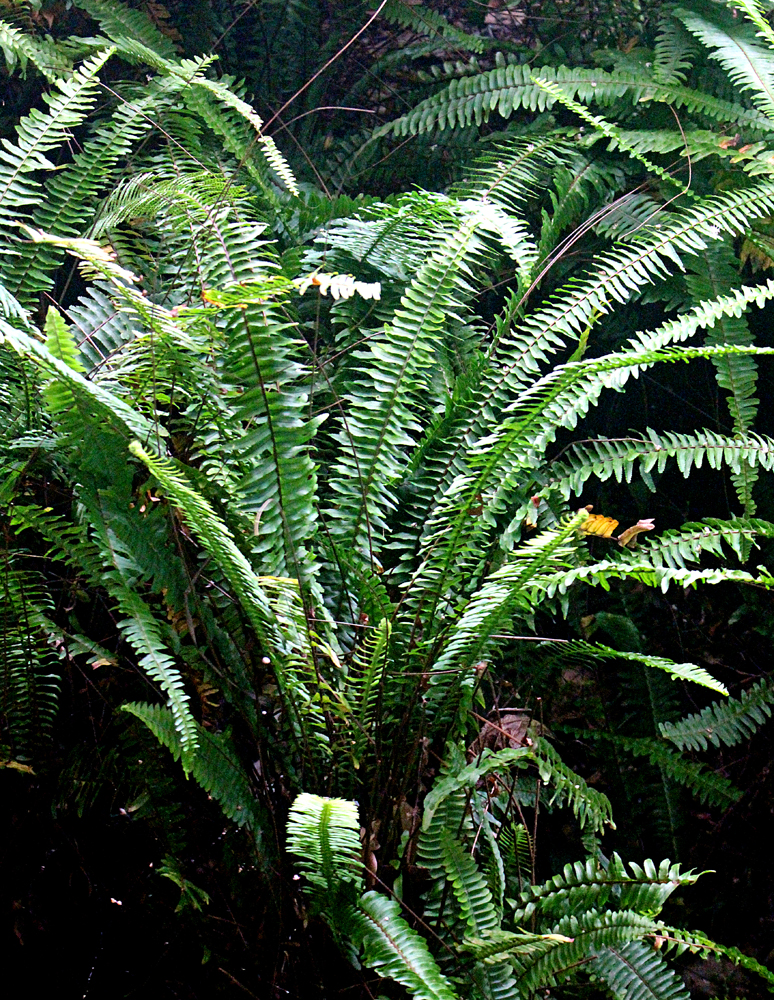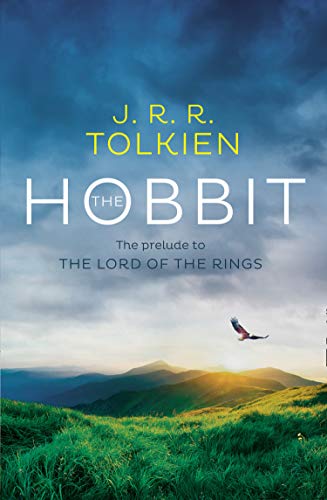Had I not married, hiking would have been my avocation or how I spent all my time when not working to pay the bills. 🙂 But that’s not the way my life worked out. So I squeezed in as much as I could, though mostly before marriage and after the divorce with some during marriage, and the memories of all those times among nature are some of the greatest treasures I have. Most of my photography on backpacking trips and day hikes were of the scenery and nature, but I have a few of me on the hiking trails I will show below on the post-email section of the blog, plus even more of hiking groups I either led (most of them) or participated in group hikes. These will be galleries and you can click an image to see its larger full-frame pix and/or a manual slideshow if you wish.

The feature photo at top is of my Vasque Hiking Shoes, the best hiking shoes I ever had!
Continue reading “WALKING PATHS of My Adult Life”


